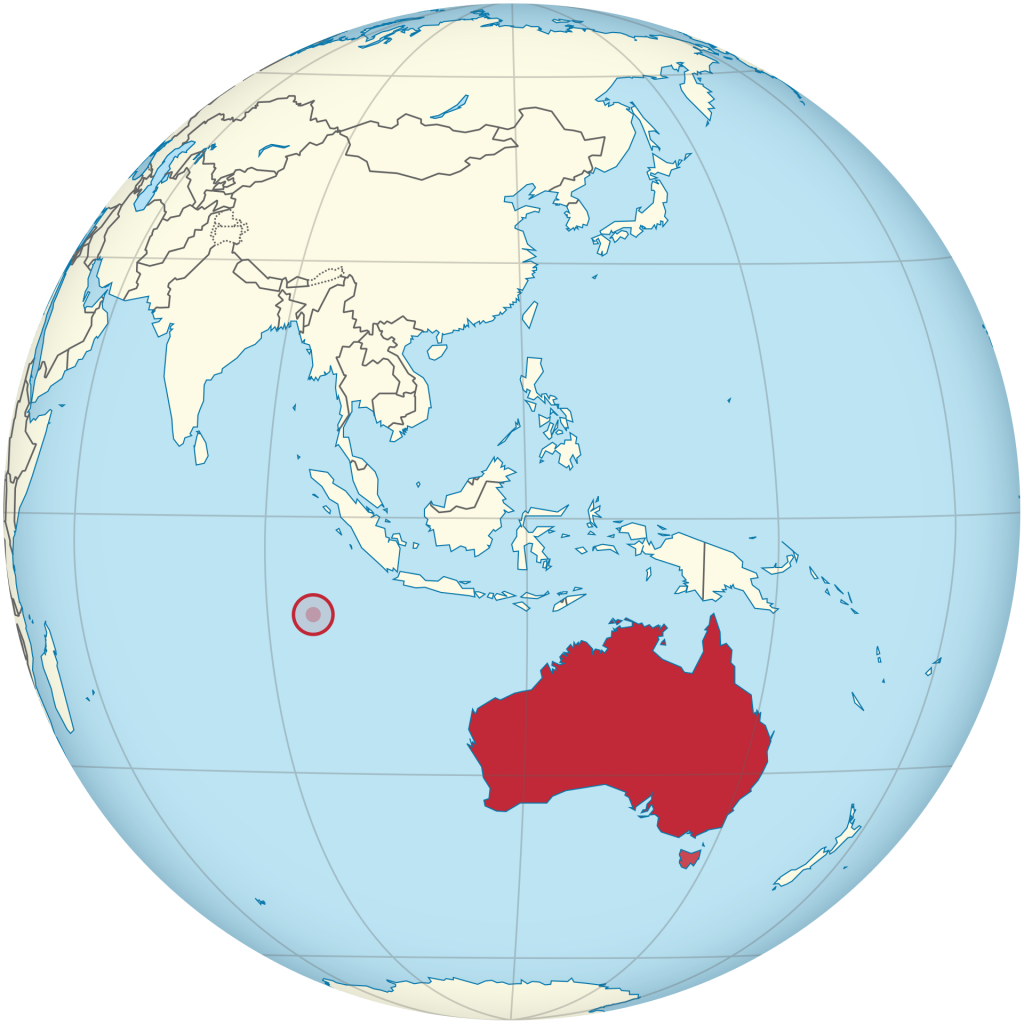The US is eyeing remote Australian islands as a potential location for a new military base as part of its buildup against China in the region.
According to Defense One, the US Navy recently published a construction tender that says the Cocos Islands, which are located over 1,300 miles to the west of Australia’s mainland, can house infrastructure that can improve the US military posture in the Indo-Pacific.
The US Navy also listed the Philippines, Timor-Leste, and Papua New Guinea for anticipated construction projects under the Pacific Deterrence Initiative, the formal name for the US military buildup in the region.

The news of the US plans to start construction on the Cocos Islands came as Secretary of Defense Lloyd Austin and Secretary of State Antony Blinken hosted their Australian counterparts for talks in Annapolis, Maryland. After the meeting, Austin said the US would be increasing deployments to Australia and sending more bombers.
“We’re … increasing the presence of rotational US forces in Australia,” Austin said. “All this will mean more maritime patrol aircraft and reconnaissance aircraft operating from bases across northern Australia. It will also mean more frequent rotational bomber deployments.”
Australia’s ABC News reported in 2022 that the US was starting the construction of new facilities at the Tindal air base, which is south of the northern city of Darwin, for the purpose of storing six nuclear-capable B-52 bombers. The construction will cost about $100 million and is expected to be completed by 2026.
The US is expanding its bases in the region explicitly in the name of preparing for a future war with China. Gen. Kenneth Wilsbach, the former head of US Pacific Air Forces who is now the commander of Air Combat Command, said last year that the purpose of the expansion in the region was to give China more targets it would need to hit.
“Obviously, we would like to disperse in as many places as we can to make the targeting problem for the Chinese as difficult as possible,” Wilsbach said. “A lot of those runways where we would operate from are in the Pacific Island nations.”


